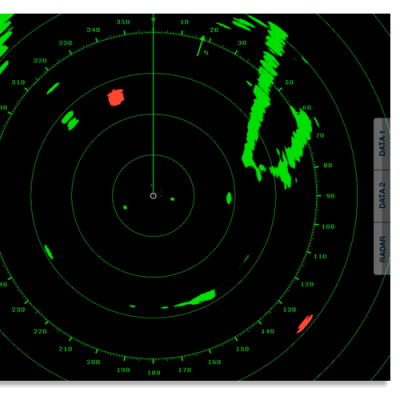Lots to digest
PS so you have this experience. Can you offer concrete advice to improve our safety? What should we be doing? The OP seems a very reasonable guy and a notch above. How would you change his watch standing protocols?
====================================
excellent question/point
As noted in my recent post.
My experience tells me about the increased traffic density in the East coast.
Have sailed solo or short crew most of my “illustrious career”
No More!!!
Now consider a MUST to have two sets of eyes on watch when reduced visibility such as night/fog
no more taking breaks down in the cabin,
one person is busy enough steering, even using autopilot and monitoring all the navigational aids available, the second person is able to both keep eyes on surroundings and double-checking the helmsman.
Too much?
Maybe, just want to insure I return to port with most of my sailboat intact and hopefully the same number of people as when it departed.
My comfort level for coastal passages?
between no less than 10 miles to no more than 20.
Reasons?
As a sailing vessel, need the safety of “SEA ROOM”
When things (mechanical and others) go wrong, need not worry about bumping into coastal hazards.
My 10 miles minimum helps to declutter the “small fish” kind of boats, like recreational fishing small power boats.
My narrow alley 10 to 20 miles allows me to concentrate on the commercial fishing vessels that are more likely the higher risk to my health.
But again, this is just me, other boaters have different ideas.


